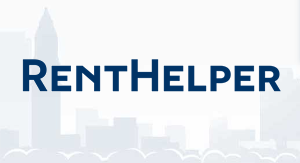Home » investing (Page 2)
Category Archives: investing
How to Count in Sklansky Dollars
Here’s a neat concept that everyone can use, from professional poker players to Warren Buffett. In Alice Schroeder’s biography, The Snowball, she describes how in his youth, Warren was good at assigning odds to each horse in a race. This is called “handicapping.” Schroeder uses this as an analogy to explain how Buffett calculates investment probabilities. It’s […]
Financial Figuring for Landlords: What’s the Most Important Thing In Rental Real Estate?
People usually say there are three important things: “Location, location, location!” But in rental real estate, it’s mostly just price. The Economics of Real Estate In any decision to purchase — any decision to invest — you always look at “what you get and when you get it” vs. “what you pay.” But there are a […]

